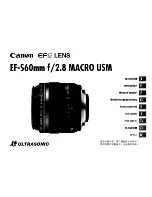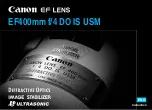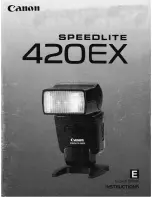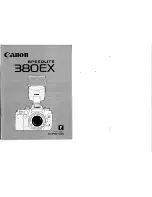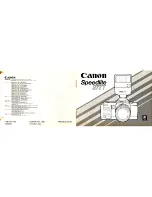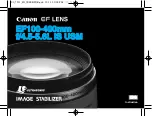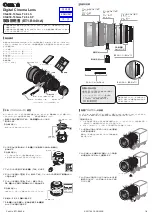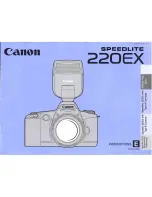
LCD (Liquid Crystal Display)
Display technology that relies on polarizing filters and liquid-crystal cells
rather than phosphors illuminated by electron beams to produce an on-screen image. To control the intensity
of the red, green, and blue dots that comprise pixels, an LCD’s control circuitry applies varying charges to the
liquid-crystal cells through which polarized light passes on its way to the screen. The amount of light that
makes it through to the screen depends on the amount of charge applied to the corresponding cell before
passes through a second polarizing filter and a red, green, or blue color mask.
Lumen
A unit of measure for the amount of light emitted by a light source.
Luminance
This is the signal that represents brightness in a video picture. Luminance is any value between
black and white. Luminance is abbreviated as “Y.”
Lux
The amount of light per square meter, incident on a surface.
MHz
An abbreviation for megahertz. This is a unit of measurement and refers to a million cycles per second.
Bandwidth is measured in megahertz.
Non-Interlaced
A method by which all the video scan lines are presented on the screen in one sweep instead
of two (also see interlace).
Pixel
A definable location on a display screen that consists of multiple or single triad of dots (red, green, and
blue). A computer picture is typically composed of a rectangular array of pixels (i.e. 640 x 480). The resolution
of a picture is expressed by the number of pixels in the display. For example, a picture with 560 x 720 pixels is
much sharper than a picture with 275 x 400 pixels.
Saturation
The intensity of the color is called saturation. Example: A lightly saturated red looks pink. Fully
saturated red is like the red of a crayon. Not to be confused with brightness, saturation is the amount of
pigment in a color, and not the intensity. Low saturation is like adding white to the color.
SVGA (Super Video Graphics Array)
Also referred to an extension of the VGA video standard. SVGA video
adapters support resolutions of 800 x 600 pixels and higher with up to 16.7 million colors (known as true
color).
TFT
Thin Film Transistor
Vertical Rate (Frequency)
The number of times the screen is refreshed per second. Typically shown as a
measure of hertz (Hz).
VGA (Video Graphics Array)
Also referred to as Video Graphics Adapter. Introduced by IBM in 1987. VGA
is an analog signal with TTL level separate horizontal and vertical sync. The video outputs to a 15-inch HD
connector, has a horizontal scan frequency of 31.5 kHz, and vertical frequency of 60 to 70 Hz non-interlaced.
The signal has a Pixel-by-Line resolution of 640 x 480 with a color palette of 16 from 256,000.
XGA (Extended Graphics Array)
IBM’s graphics standard that includes VGA and extended resolutions up
to 1024 x 768 pixels, interlaced, 35 kHz. An XGA video card has a 15-pin HD connector.
XGA-2 (Extended Graphics Array, 2nd Generation)
Capable of scanning from 31 to 68 kHz and resolutions
up to 1600 x 1200 pixels. An XGA2 video card has a 15-pin HD connector.
32
PV315 Binder/PDF 1/18/98 1:59 PM Page 32
Summary of Contents for Polaview 315
Page 1: ...Polaview 315 High Resolution Multimedia LCD Projector Digital Imaging...
Page 4: ...P r o d u c t O v e r v i e w...
Page 14: ...M a r k e t s A p p l i c a t i o n s...
Page 18: ...C o m p e t i t i v e A n a l y s i s...
Page 22: ...S a l e s S u p p o r t A d m i n i s t r a t i o n...
















